Restoration works have been completed at the monastery and church of Panayia Kanakaria in the Karpasia village of Lythrangomi, one of Cyprus’s most important cultural heritage monuments.
The project, funded by the European Union, was carried out under the technical guidance of the United Nations Development Programme, with the collaboration of Greek Cypriot and Turkish Cypriot experts and technicians, as part of the bicommunal committee on cultural heritage.
Greek Cypriot co-chair of the committee, Sotos Ktoris, told the Cyprus News Agency that “the restoration of Panayia Kanakaria is yet another tangible example of how cooperation between Greek Cypriots and Turkish Cypriots can produce concrete results with powerful symbolism.”
He said the church, like all of Cyprus’s monuments – both Christian and Muslim – strengthens the island’s connection to its land and history.
“They remind us that Greek Cypriots, Turkish Cypriots, Maronites, Armenians and Latins shared the same geography for centuries, and that Cyprus’s monuments are irrefutable witnesses to the island’s multicultural heritage,” Ktoris added.
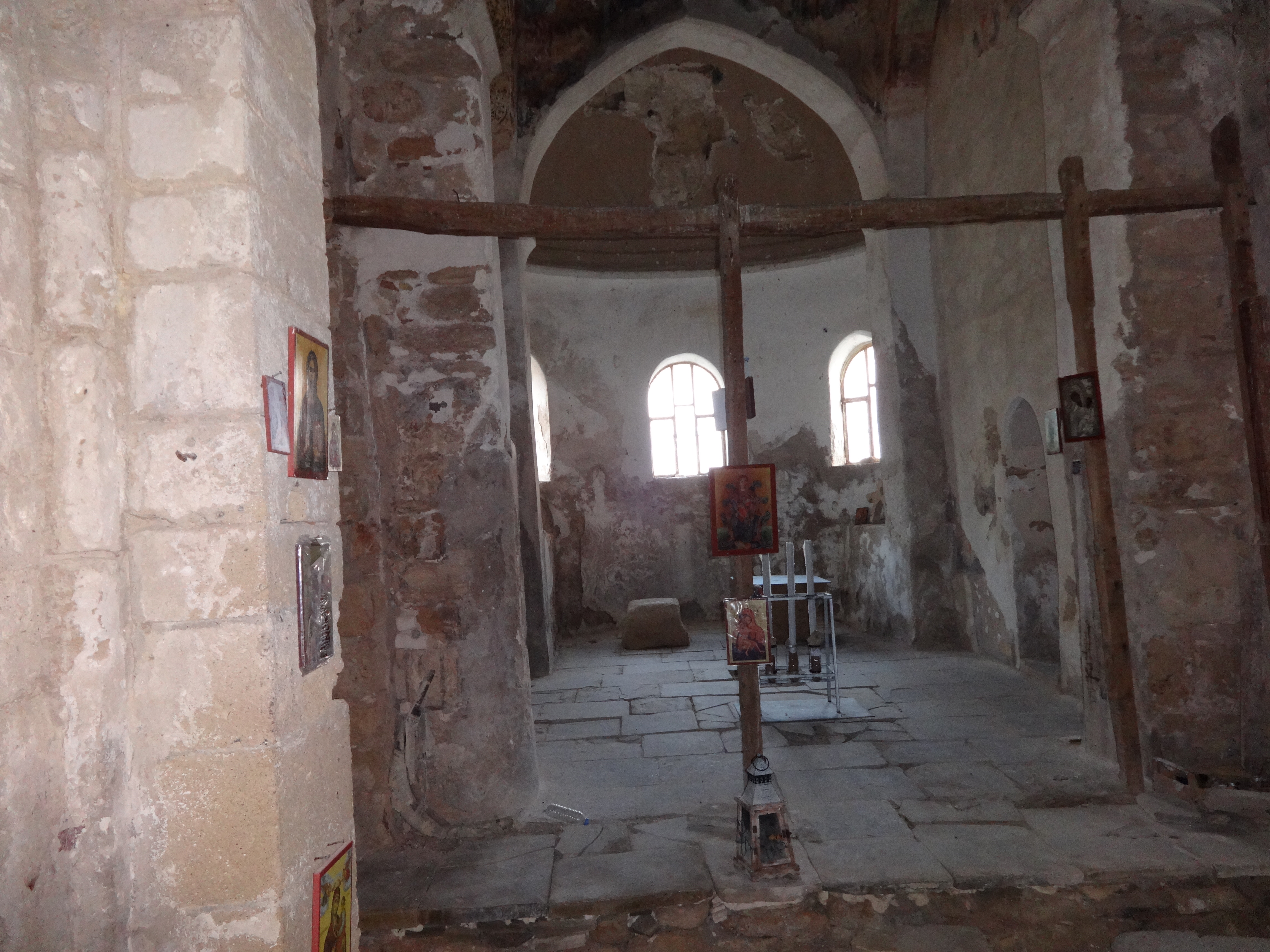
The church is a rare architectural testimony, preserving elements from the early Christian and Byzantine periods. It is built on the ruins of a wooden-roofed early Christian basilica dating to the 5th century.
Of particular archaeological and historical interest is the semi-circular apse from the original phase, which once housed the famous mosaic of the enthroned Virgin Mary with angels and medallions of the Apostles, dating to the early 6th century.
Over the centuries, the church has undergone successive architectural changes: after the destruction of the original wooden-roofed church, it was transformed in the 8th century into a barrel-vaulted three-aisled basilica, and later rebuilt in the 12th century with the addition of a dome and apse.
The mosaics in the apse were stolen from the church after 1975 and some sold on the art market in the US, an event reported in the New York Times, and other papers.
After a protracted legal battle, ownership of the mosaics was recognised and they were returned to Cyprus.
They are currently on display in the Byzantine Museum, in Nicosia.

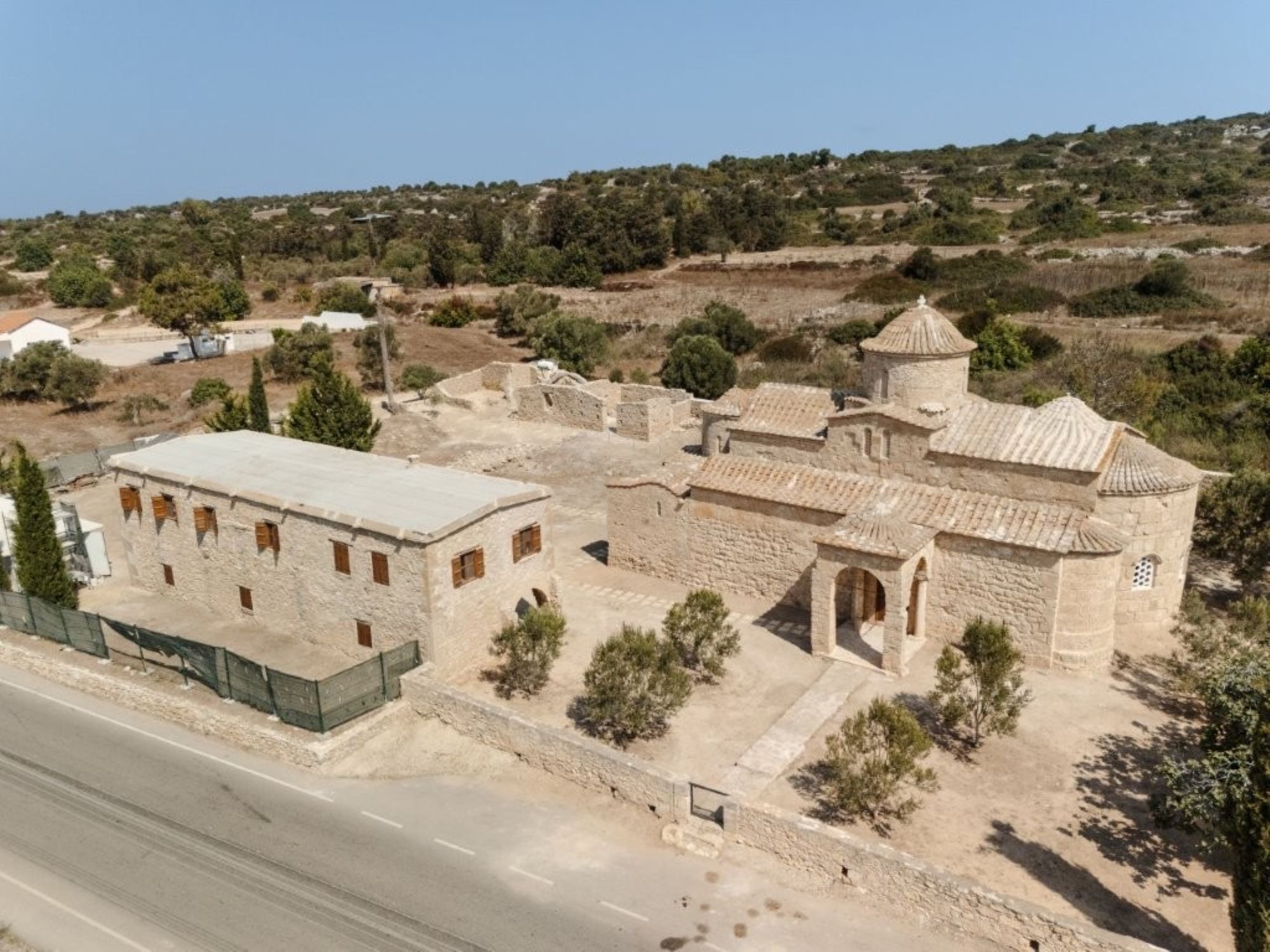


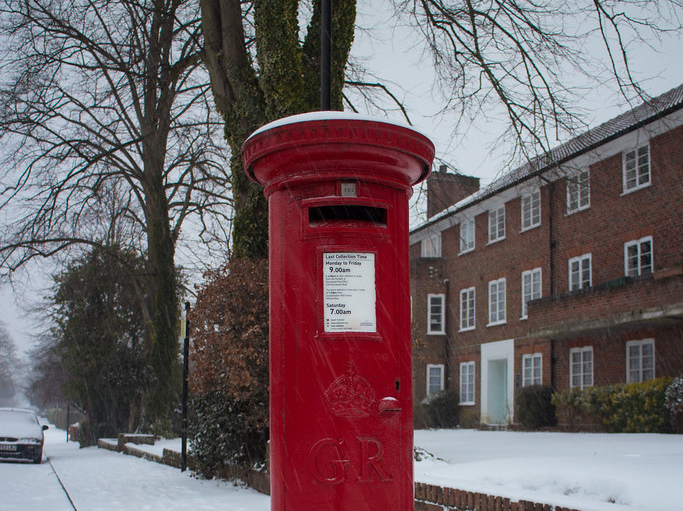
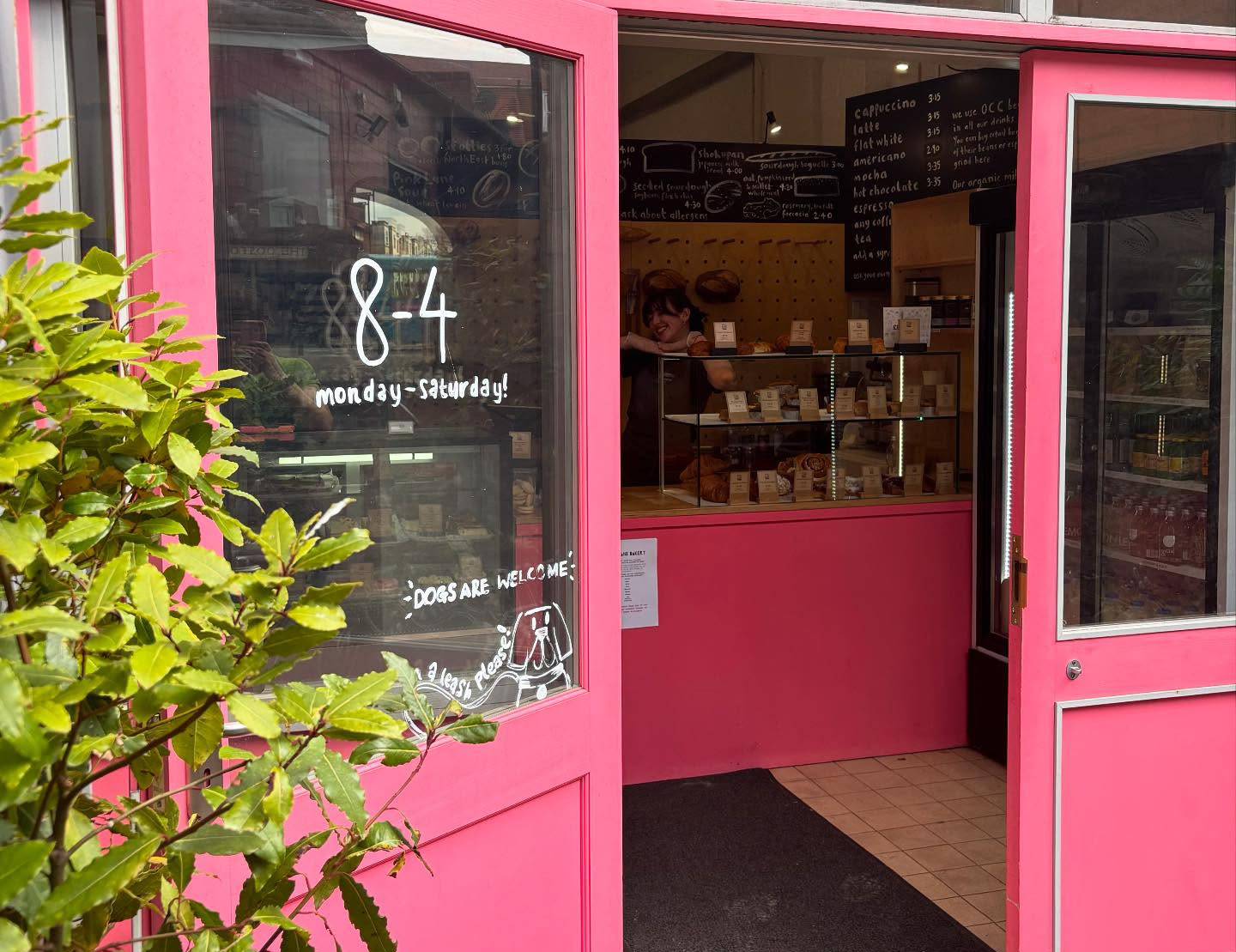
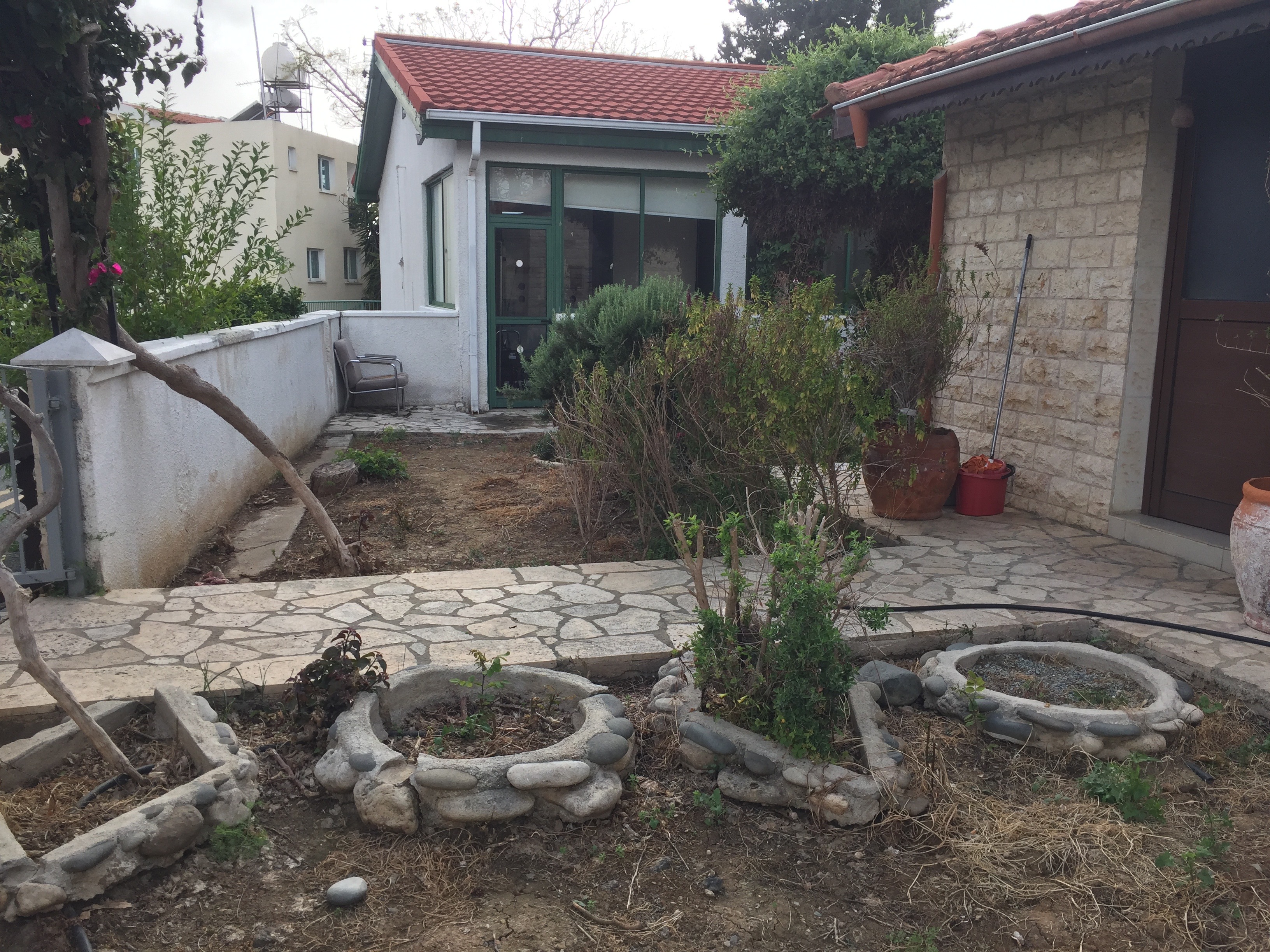
Click here to change your cookie preferences